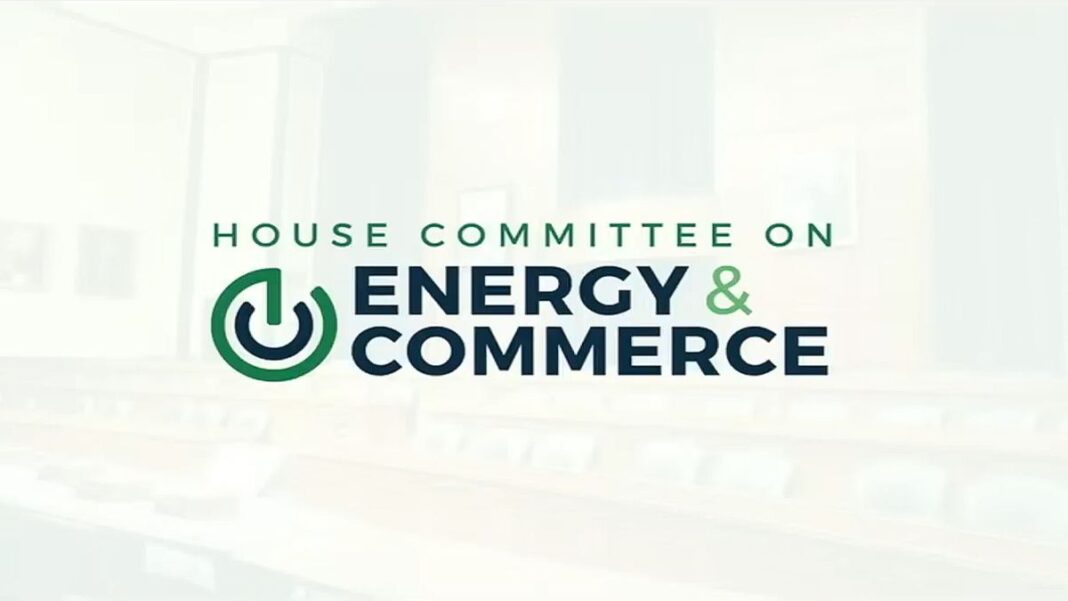America’s increasing reliance on intermittent power sources and batteries is creating novel risks, according to grid specialists who testified before Congress on July 18.
Many of the greatest among them emanate from a key geopolitical rival, China.
That’s partly because the new technologies frequently use inverters. When solar panels, wind turbines, and battery systems generate or store direct current electricity, inverters turn it into the alternating current electricity that flows through the grid.
Paul N. Stockton, a senior fellow at Johns Hopkins University’s Applied Physics Laboratory, opened what he called a “rabbit hole” in response to a question on inverters during the House Energy & Commerce hearing.
“Do we have a satisfactory supply of inverters for all of the renewable energy that’s being brought into the grid?” Rep. Michael Burgess (R-Texas) asked Mr. Stockton, who also holds positions on subcommittees in the Department of Defense and the Department of Energy.
“Manufacturers in China are important producers of inverters being deployed nationwide, across the United States,” Mr. Stockton responded.
He explained that the country’s reliance on Chinese inverters could jeopardize grid security.
“Sure, we’ve got inverters. Some of them are made in China. Others may be manufactured for final assembly in friendly nations, but they might have components—hardware, software, and firmware—that could provide attack vectors. And the constant updating of firmware from the cloud and by service providers—who’s on top of that for maintaining adequate security? Congressman, that’s an opportunity for progress,” Mr. Stockton said.
Solar Panels With Parts From China
The United States’ use of solar panels with parts from China that are assembled in Southeast Asia has been a source of controversy in this Congress. President Joe Biden vetoed a bill that would have ended his temporary pause on tariffs affecting those panels.
In his written testimony, Mr. Stockton elaborated on the ways inverter-based resources “provide China with new opportunities to disrupt the grid.”
He referred to a 2022 report from the Department of Energy outlining the cybersecurity risks associated with the changes to America’s grid.







